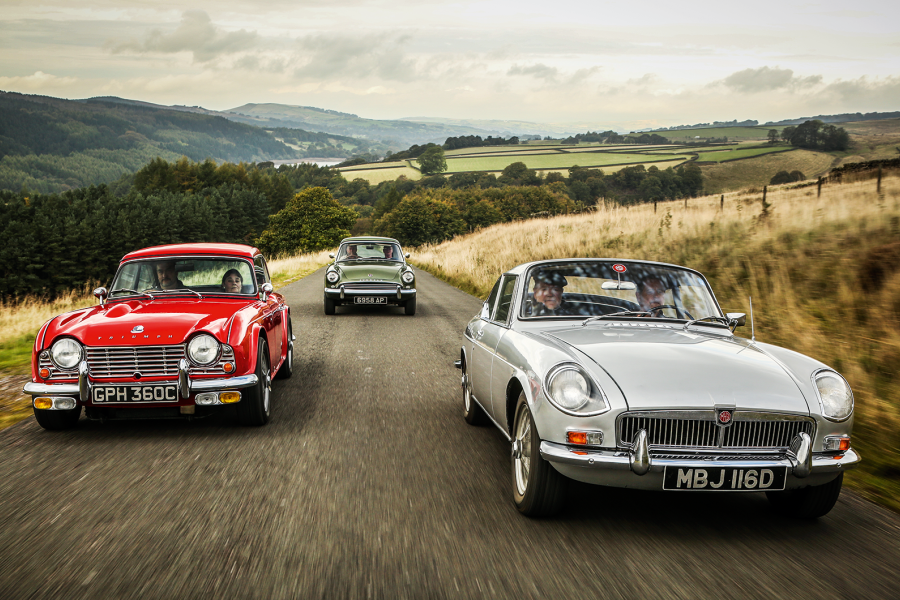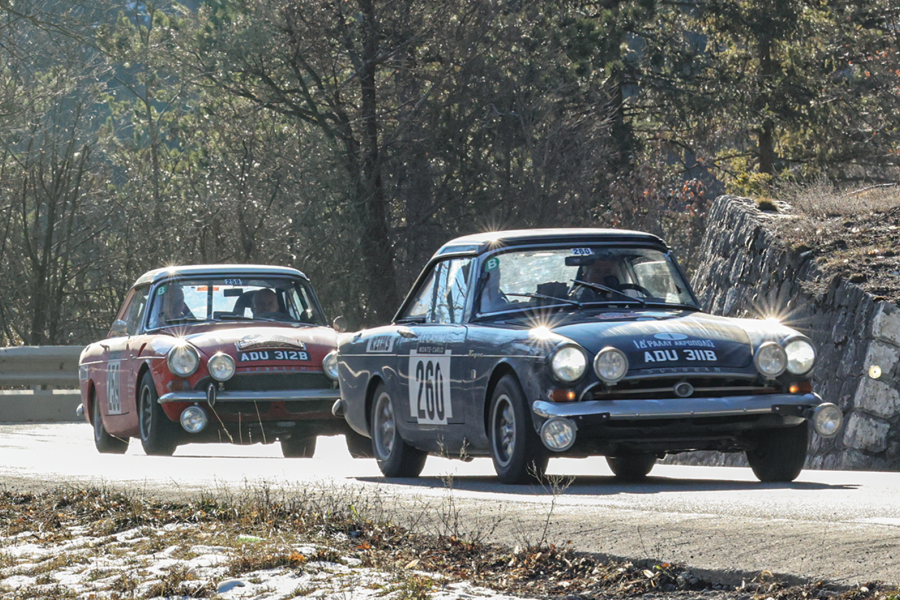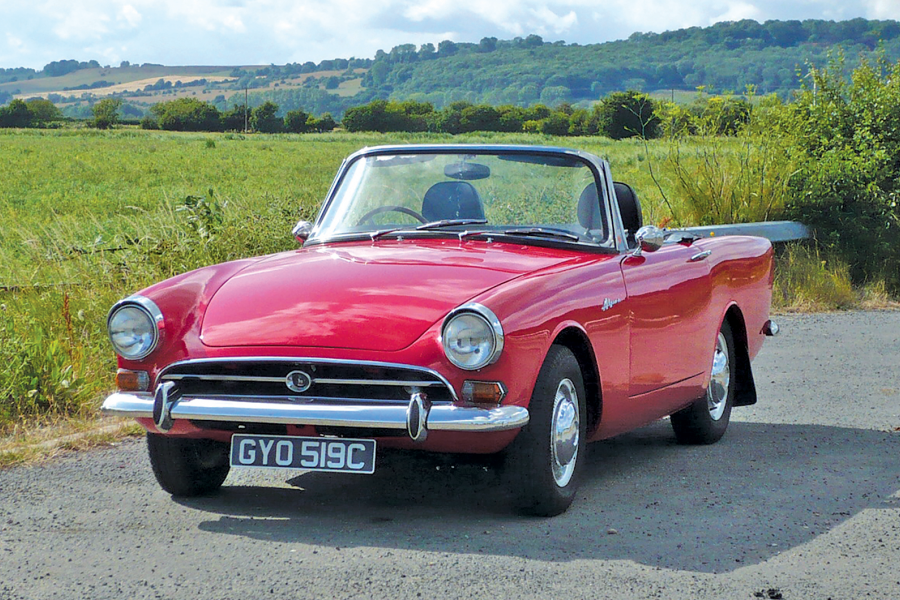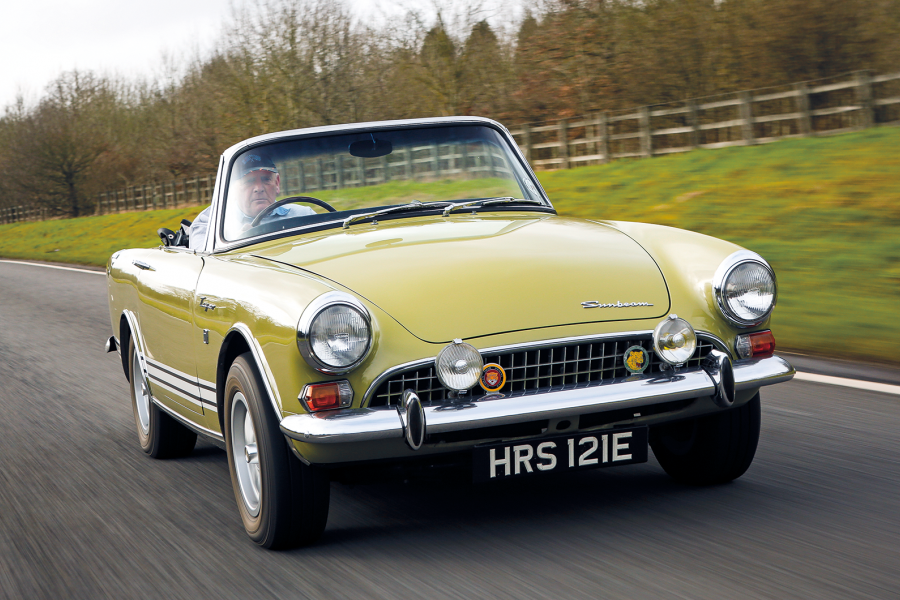
If you entered the famous Pinewood Studios in the first half of 1962, you would have witnessed a number of films in production that stood an excellent chance of commercial success.
On one stage, Billy Fury, ‘The British Elvis’, was being directed by Michael Winner in Play It Cool, while the familiar Pinewood ship set was in use for Carry On Cruising, the first of the series in colour.
Most industry watchers would have predicted that Pinewood’s main box-office hit of the year would star a figure of international renown – Norman Wisdom in On The Beat.
Also being shot at Pinewood between 26 February and 30 March was the first cinematic adaptation of the Ian Fleming novel Dr. No, due for release on 5 October.
The star was up-and-coming leading man Sean Connery, who had recently portrayed an Irish heavy with a very odd accent in black-and-white crime drama The Frightened City. His boss was played by Bernard Lee, better known as Supt Meredith from the Edgar Wallace mysteries, and the director was the respected Terence Young.
Among the scheduled scenes were the close-ups for a car chase shot on location in Jamaica earlier that year.

The view that greeted James Bond










